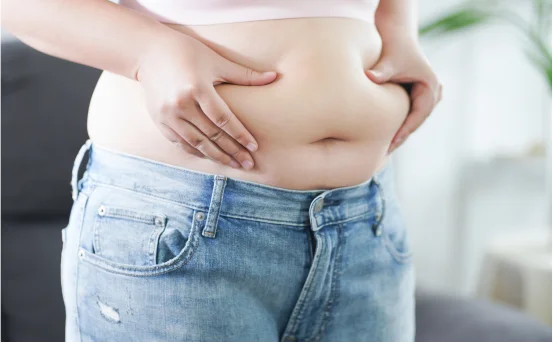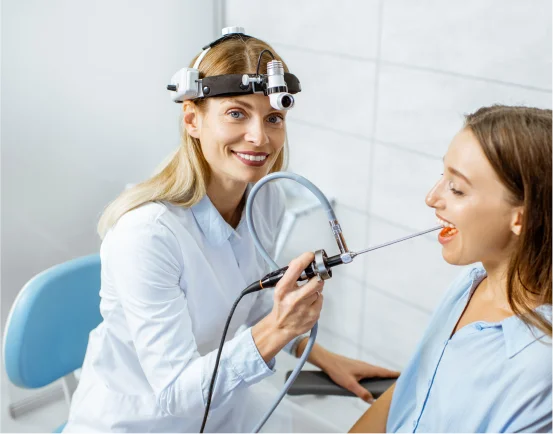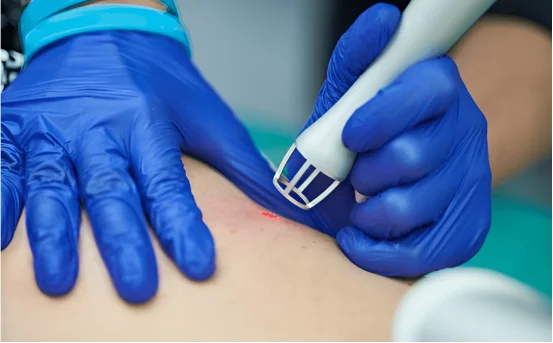Symptoms of liposculpture is a popular cosmetic procedure designed to contour and redefine the body’s shape by removing stubborn fat deposits. Unlike traditional liposuction, liposculpture is more refined, targeting specific fat pockets and enhancing natural body curves. While it’s often seen as a minimally invasive and safe treatment, understanding the symptoms of liposculpture both during recovery and afterward is essential for anyone considering the procedure.
Unlike traditional liposuction, which primarily aims to extract excess fat, liposculpture takes body contouring a step further by strategically removing and even redistributing fat to sculpt more defined, harmonious contours. Whether you’re seeking a more toned abdomen, a sculpted jawline, or better-defined arms and thighs, liposculpture is designed to work with your body’s natural structure to deliver personalized, high-definition results.
Understanding Liposculpture: A Quick Overview
Liposculpture is typically performed under local anesthesia or sedation. It involves the insertion of a small cannula beneath the skin to suction out fat and contour the treatment area. Common areas for liposculpture include the abdomen, flanks, thighs, arms, chin, and buttocks.
The recovery process varies depending on the extent of the procedure, the areas treated, and individual factors like skin elasticity and overall health.
Common Symptoms of Liposculpture Surgery
Post-procedure symptoms are generally mild to moderate and can last from a few days to a few weeks. Here’s what you can typically expect :-
Swelling
Swelling is one of the most common and expected symptoms after liposculpture. The body’s natural response to the trauma of surgery is to send fluids to the affected area. Swelling usually peaks within the first few days and then gradually subsides over several weeks.
Tip :- Wearing compression garments as advised by your surgeon can help reduce swelling faster and improve your final results.
Bruising
Bruising occurs as a result of small blood vessels breaking during fat removal. It’s most visible within the first week but generally fades after 10 to 14 days.
Note :- Bruising might appear more intense in some areas than others, depending on your skin tone and the extent of fat removed.
Tenderness and Soreness
Mild to moderate soreness in the treated areas is common. This discomfort often resembles muscle soreness after an intense workout and typically lasts for about one to two weeks.
Management :- Over-the-counter pain medications (unless contraindicated) and rest are usually sufficient to manage this symptom.
Numbness or Tingling Sensation
Temporary numbness or tingling in the treated areas can occur due to nerve irritation during fat removal. These sensations are typically harmless and gradually resolve over several weeks or months.
Important :- Persistent numbness beyond 6 months should be discussed with your doctor.
Redness and Skin Sensitivity
Some patients may notice mild redness, warmth, or sensitivity in the treated areas. This is part of the body’s healing process and usually subsides within a few days.
Avoid :- Hot baths or direct sun exposure during this phase to prevent irritation or pigmentation.
Drainage or Fluid Leakage
Clear or slightly blood-tinged fluid may drain from the incision sites for the first 24–48 hours. This is completely normal and usually resolves on its own.
Pro Tip :- Use absorbent pads and wear dark clothing during the initial recovery to stay comfortable.
Hardness or Lumps Under the Skin
As the body heals, you may feel small lumps or firmness in the treated areas. This is due to internal swelling or fibrosis (scar tissue formation) and typically softens over time.
Management :- Gentle lymphatic drainage massages may be recommended to accelerate healing and reduce these lumps.
Emotional and Psychological Symptoms
While physical symptoms are often discussed, it’s also important to acknowledge potential emotional responses post-liposculpture.
Temporary Mood Swings or Mild Depression
After cosmetic procedures, some individuals experience a temporary dip in mood due to factors like discomfort, swelling, or not seeing immediate results.
Reassurance :- These feelings usually resolve as healing progresses and your body starts showing its new contours.
Impatience or Anxiety Over Results
Many patients are eager to see results immediately after surgery. However, liposculpture results typically take 1–3 months to fully appear as the swelling subsides.
Advice :- Patience is key. Avoid judging results too early in the recovery phase.
Symptoms That May Indicate Complications
Although liposculpture is generally safe, some symptoms could suggest complications. Seek medical attention if you experience :-
- Excessive Swelling or Sudden Enlargement :- If swelling rapidly worsens or one side appears abnormally enlarged, it could indicate fluid buildup, a hematoma, or infection.
- Fever and Chills :- A fever above 100.4°F (38°C), especially when accompanied by chills, could be a sign of infection.
- Foul-Smelling or Colored Discharge :- Persistent or foul-smelling discharge from incision sites may indicate an infection that needs medical attention.
- Severe Pain Unrelieved by Medication :- Moderate pain is normal, but severe, throbbing pain that doesn’t improve with medication may signal a complication.
- Skin Discoloration or Blisters :- Dark patches, blistering, or skin necrosis (rare) may occur if blood supply to the skin is compromised. This requires immediate intervention.
When to Call Your Surgeon?
Always follow your surgeon’s post-operative instructions carefully. Contact your doctor if you notice :-
-
Persistent or worsening symptoms after one week
-
Any signs of infection (fever, redness, heat, drainage)
-
Uneven contours or asymmetry that worsens over time
-
Difficulty breathing or chest pain (a medical emergency)
Tips for a Smooth Liposculpture Recovery
- Follow Compression Garment Protocols :- Wearing a compression garment for the recommended duration (often 4–6 weeks) helps minimize swelling, support healing tissues, and enhance your final contour.
- Stay Hydrated :- Drink plenty of water to support healing, reduce fluid retention, and flush out anesthesia residues.
- Move, But Don’t Overdo It :- Light walking is encouraged soon after surgery to promote blood flow and prevent clots. However, avoid intense workouts for at least 2–3 weeks or until cleared by your surgeon.
- Eat a Nutrient-Dense Diet :- Focus on lean proteins, fruits, vegetables, and whole grains to help your body rebuild tissues and speed up recovery.
- Be Patient With Your Body :- Full results from liposculpture can take 3–6 months to appear. Your body needs time to settle and adapt to the new contours.
Conclusion
Being informed about the symptoms of liposculpture allows you to distinguish between normal healing signs and potential complications. While mild swelling, bruising, and soreness are common, severe pain, fever, or persistent drainage are red flags that warrant medical evaluation.























